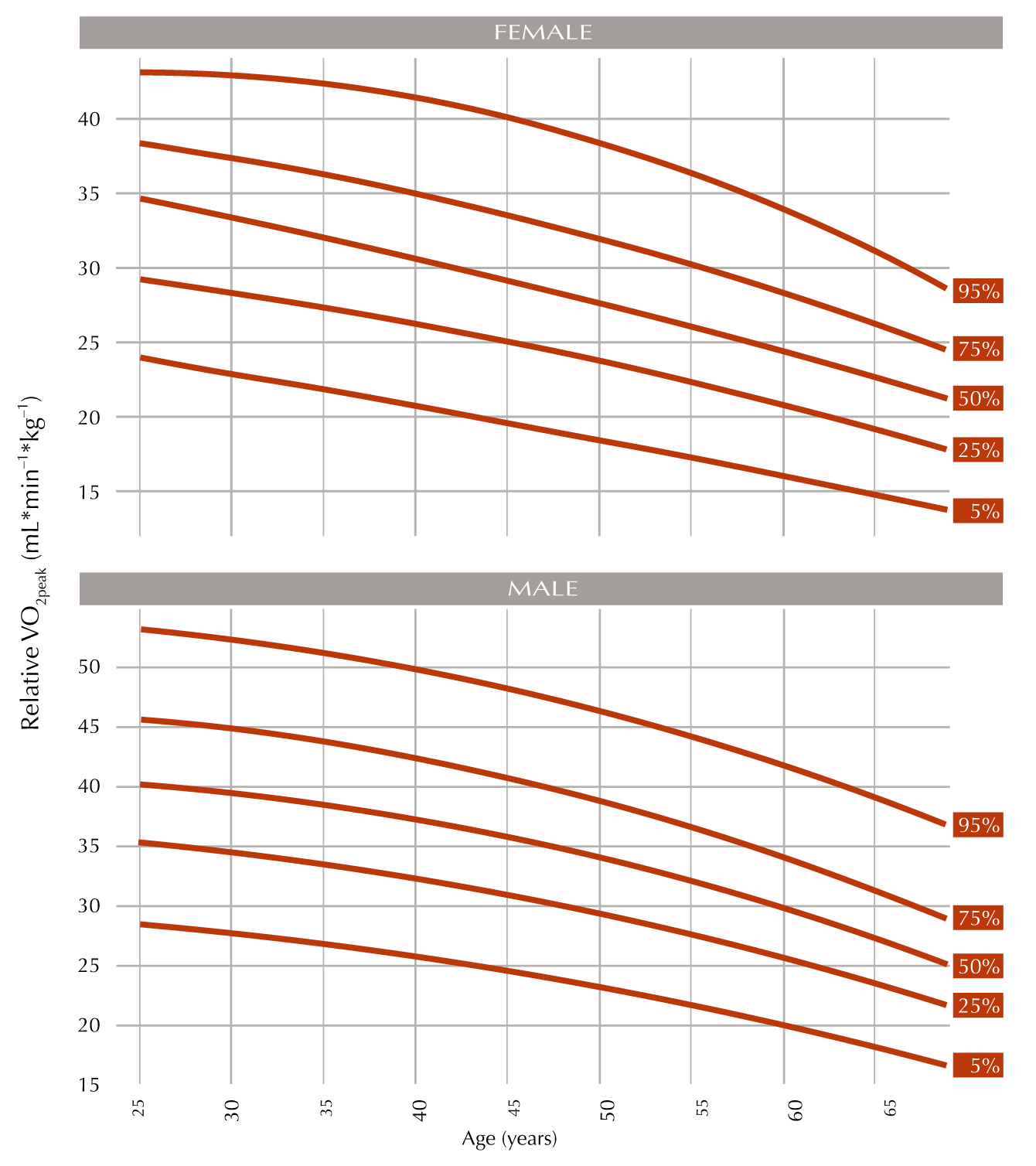
Die Bedeutung der kardiorespiratorischen Fitness
In den letzten Jahren hat die wissenschaftliche Bedeutung der Messung, Schätzung und Überwachung der kardiorespiratorischen Fitness zugenommen.
Im Jahr 2016 gab die American Heart Association (AHA) in dem Artikel „Importance of Assessing Cardiorespiratory Fitness in Clinical Practice“ eine wissenschaftliche Stellungnahme zu diesem Thema ab: A Case for Fitness as a Clinical Vital Sign. A Scientific Statement from the American Heart Association“ von Ross et al. Der Artikel ist hier kostenlos erhältlich.
Dem Artikel zufolge:
“Mounting evidence has firmly established that low levels of cardiorespiratory fitness (CRF) are associated with a high risk of cardiovascular disease, all-cause mortality, and mortality rates attributable to various cancers. A growing body of epidemiological and clinical evidence demonstrates not only that CRF is a potentially stronger predictor of mortality than established risk factors such as smoking, hypertension, high cholesterol, and type 2 diabetes mellitus, but that the addition of CRF to traditional risk factors significantly improves the reclassification of risk for adverse outcomes.” 1
Und sie empfiehlt außerdem:
“At a minimum, all adults should have CRF estimated each year using a non-exercise algorithm during their annual healthcare examination. Clinicians may consider the use of submaximal exercise tests or field tests as alternatives because these involve individual-specific exercise responses.” 1
Die beiden Diagramme zeigen die VO2-max als Funktion des Alters. Die roten Kurven stellen Quantil-Referenzwerte bei 5, 25, 50, 75 und 95 % dar. Die Referenzwerte stammen aus einer Stichprobe von 10.090 Probanden aus dem „Prevention First Registry „2, 3.
Selbst kleine Veränderungen des VO2-max-Wertes einer Person sind mit einer allgemeinen Verbesserung der Überlebensrate verbunden. Dem AHA-Statementpapier zufolge ist eine Verbesserung der VO2-max um etwa 3,5 ml * min-1 * kg-1 mit einer Verbesserung der Überlebensrate um 10-25 % verbunden 1.

There is much evidence of Cardiorespiratory Fitness as a health indicator and that it can be improved by the individual. We have curated a list of some of the other relevant publications that are related to the importance of measuring VO2-max.
References:
1 Ross et al, Circulation. 2016;134:00–00.
2 Rapp D et al, BMJ Open. 2018 Mar 5;8(3):e018697.
3 Franklin BA et al 2000, American College of Sports Medicine. ACSM’s guidelines for exercise testing and prescription.